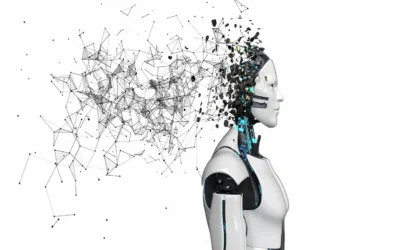In software development, precise test cases are essential in order to optimally test the quality and functionality of an application. However, the manual creation of test cases is time-consuming, error-prone and ties up valuable resources. msg.TestcaseGen.ai revolutionizes this process by using state-of-the-art AI technology. With this tool, companies can automatically generate precise test cases from requirements documents, which are checked and optimized by specialist testers.
The combination of crowdtesting with msg.passbrains and msg.TestcaseGen.ai offers a comprehensive solution for the fast and efficient execution of functional tests.
Why is automated test case creation so important?
Creating test cases is a critical step in the quality assurance process. Incorrect and incomplete test cases can lead to bugs remaining undetected. In productive use, these bugs can lead to considerable problems, including system failures. In addition, bug fixing becomes more expensive the later in the software development process it takes place.
Traditionally, test cases are derived manually from requirements documents, which
- is time-consuming: Manually analyzing large documents can take weeks.
- is prone to errors: People can overlook correlations or test gaps.
- results in different test qualities: The quality of the test cases created varies greatly depending on the expertise of the testers.
With msg.TestcaseGen.ai, this process is optimized by an AI automatically generating test cases, which are then checked and refined by specialist testers.
What advantages does msg.TestcaseGen.ai offer?
The use of msg.TestcaseGen.ai brings numerous advantages for companies:
- Maximum Efficiency: The AI creates test cases in a fraction of the time required for manual test case creation.
- Higher Test Coverage: Systematic analysis of all requirements data ensures that no important test cases are overlooked.
- Lower Error Rate: AI-supported tests reduce the risk of human inaccuracies.
- Flexible Provision: The tool can be provided via a central web service or integrated locally into existing IT infrastructures.
Combination with Crowdtesting from msg.passbrains
What to do if no internal testers or test cases are available? This is where msg.passbrains comes into play. Companies that want to carry out software tests with real users from the passbrains crowd but do not yet have any test cases can have them generated efficiently and automatically with msg.TestcaseGen.ai. This means that tests can be carried out quickly and scalably without burdening internal capacities.
The combination of automated test case creation and crowdtesting creates a holistic QA strategy that detects errors at an early stage, shortens test cycles and improves the market maturity of software products.
For which test types is msg.TestcaseGen.ai suitable?
The focus of msg.TestcaseGen.ai is on functional tests, in particular:
- Structured bug tests for detecting errors in the software.
- Localization tests, identify whether software works correctly for different languages and cultures.
- Regression tests, identify whether existing functions continue to run without errors after changes.
Conclusion: msg.TestcaseGen.ai revolutionizes test automation
The manual creation of test cases is time-consuming, error-prone and often inefficient. msg.TestcaseGen.ai uses modern AI technology to automate and significantly accelerate this process. Companies that want to maximize their software quality and optimize the testing process will find msg.TestcaseGen.ai the perfect solution.
























